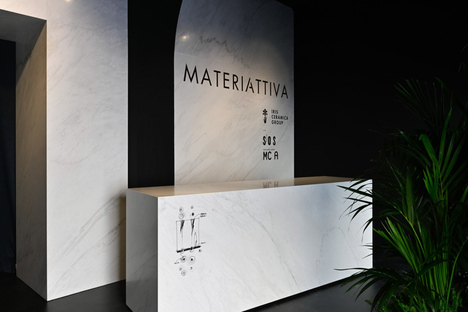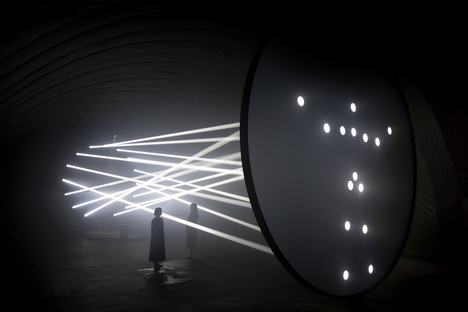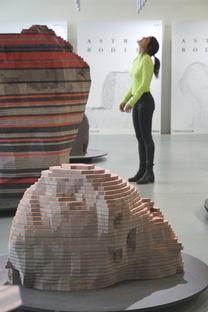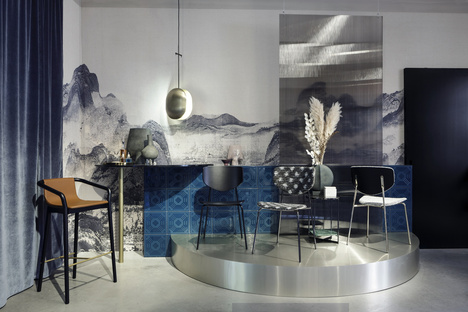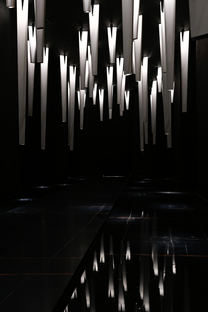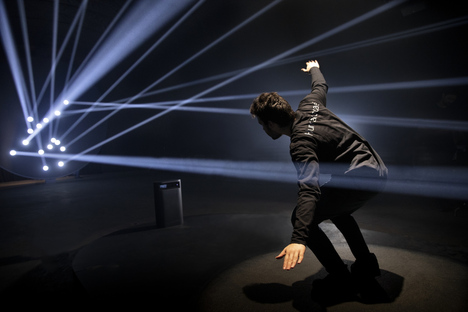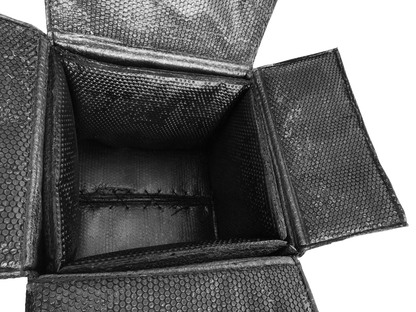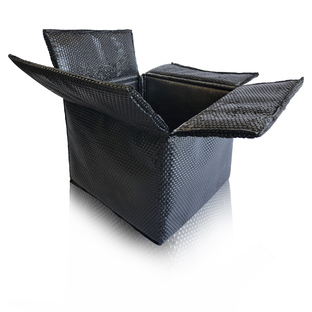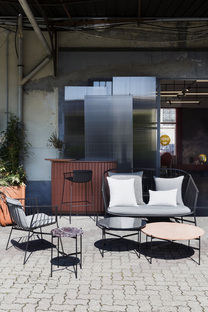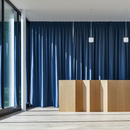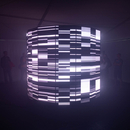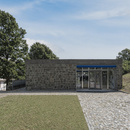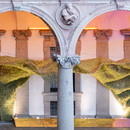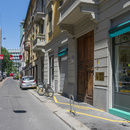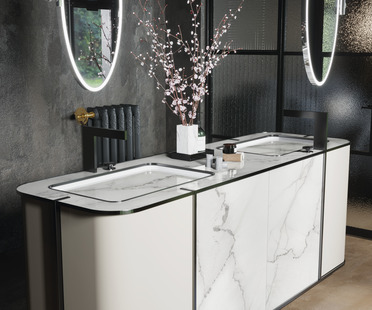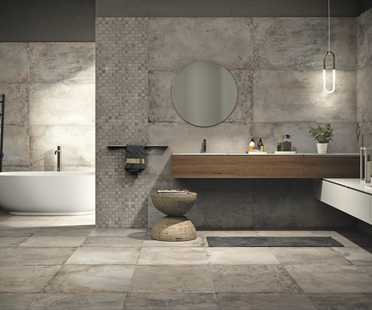12-04-2019
Milan Design Week 2019 together with Livegreenblog
- Blog
- Design
- Milan Design Week 2019 together with Livegreenblog
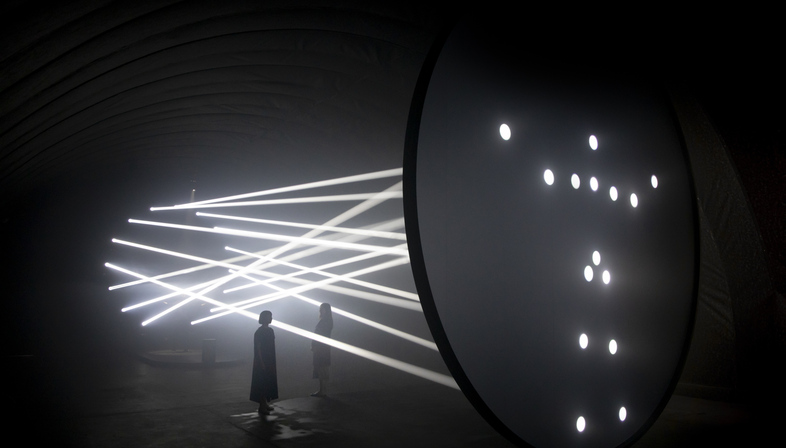 La 58a edizione della Milano Design Week, l’attesissimo evento del mondo del design che ogni anno trasforma Milano in una grande vetrina, è in pieno svolgimento. Presentiamo alcune installazioni attente alla sostenibilità.
La 58a edizione della Milano Design Week, l’attesissimo evento del mondo del design che ogni anno trasforma Milano in una grande vetrina, è in pieno svolgimento. Presentiamo alcune installazioni attente alla sostenibilità.In the heart of Brera (on the corner of via Balzan - via San Marco) until 14 April you can visit MateriAttiva, the multisensory installation that Iris Ceramica Group presents in collaboration with SOS - School of Sustainability and Mario Cucinella Architects. MateriAttiva evokes the theme of the cave, a place of primordial purity to which to return for a new pact between man and nature, in an intimate and dark environment you can discover ceramic stalactites and small effects of light, marked by drops that fall on the thin veil of water at the sides..
Again this year, we met the eco-social designer, Luca Gnizio, this time in the prestigious spaces of Galleria Rossana Orlandi, where he presented his project called FORBubblewrapack. As is his wont, Gnizio has turned an environmental problem - the ubiquitous plastic packaging - into a new, sustainable and attractive resource, recycling low-density polyethylene to create a sheet of bubble wrap. The output is new transport packaging formed of a “pad” obtained from several overlapping sheets of this recycled bubble wrap, which is also water-repellent, shock resistant, semi-rigid on the outside, with a soft, cushioning inner and it can even be recycled again. It comes with a very elegant black outer shell that covers the brown colour that is usually created when recycling plastic of different colours. From waste to resource, from scrap to design object: this is the successful formula that Luca Gnizio displays at Milan Design Week 2019.
At the same Galleria Rossana Orlandi, we can also see Studio Enorme, winners of the 2016 edition of the Next Landmark contest. SCHLICKEYSEN is a modular furniture system formed of two modules of metal supports and curved ceramic blocks in standard sizes, like the ones used in the construction industry. These three elements can be mixed and matched to create all kinds of different configurations, including picnic tables, benches and real street furniture topographies: the possibilities are endless. In the Tortona zone, at Superstudio Più, the Spanish creatives from Studio Enorme are showcasing Astral Bodies, researching new materials based on the shapes of meteorites.
A few metres away from that we find the exhibition areas of SP01, the Australian brand whose collections are made by Italian artisans and whose founding partner, the designer Matt Lorrain, we interviewed last year (link). This year's new releases from SP01 explore the possibilities from within the brands own collection. Ten new, distinctive pieces are inspired by the successes of the Michelle, Caristo and Jeanette ranges, adding depth to the SP01 collection and continuing its offering of a contemporary and elegant range with an international appeal, that works well in both the residential and commercial environments.
We end our tour at Ventura Centrale, already last year the venue for some of the most innovative installations of the Fuorisalone. Here, Humanscale, a leader in ergonomic solutions aimed at improving our health and comfort at work is back at the Milan Design Week in 2019 with an immersive installation called Bodies in Motion. In a bold expression of sustainability, Humanscale presents a really standout interactive experience that explores the essence of human movement. Bodies in Motion is a visual metaphor of Humanscale's commitment to designing for people and highlights their pioneering use of natural ergonomics, which draws on the laws of physics and motion to design products that automatically adapt to the user's position. The multi-sensory experience was created by Todd Bracher, who we met in 2017 (link) together with Studio TheGreenEyl, a design and research student with a focus on digital design. The installation itself reinterprets the original scientific method of perception of motion developed by the Swedish psychophysicist Gunnar Johansson in 1973, which involved placing lights on key points of the human body to highlight movement. A method that continues to have special narrative power even today.
.
Christiane Bürklein
Milan Design Week 2019
9 - 14 April 2019
Find out more:
MaterAttiva
Luca Gnizio
Enorme Studio
SP01
Humanscale
Immagini: see capitions










